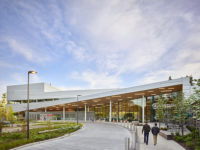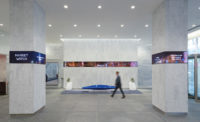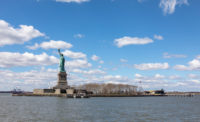NBBJ Acquires ESI Design
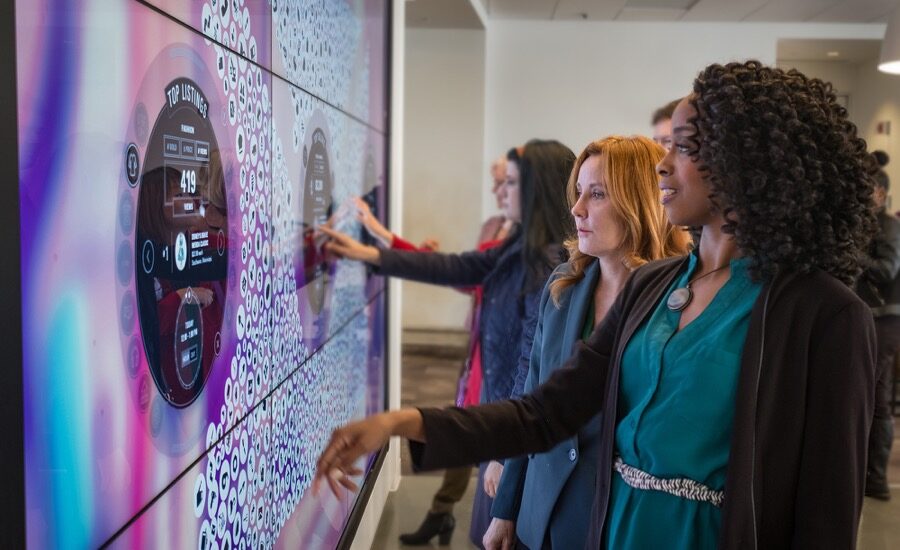
ESI Design created a data-driven media experience for the new hub of eBay’s headquarters in San Jose, California.
Photo © Erynn Patrick
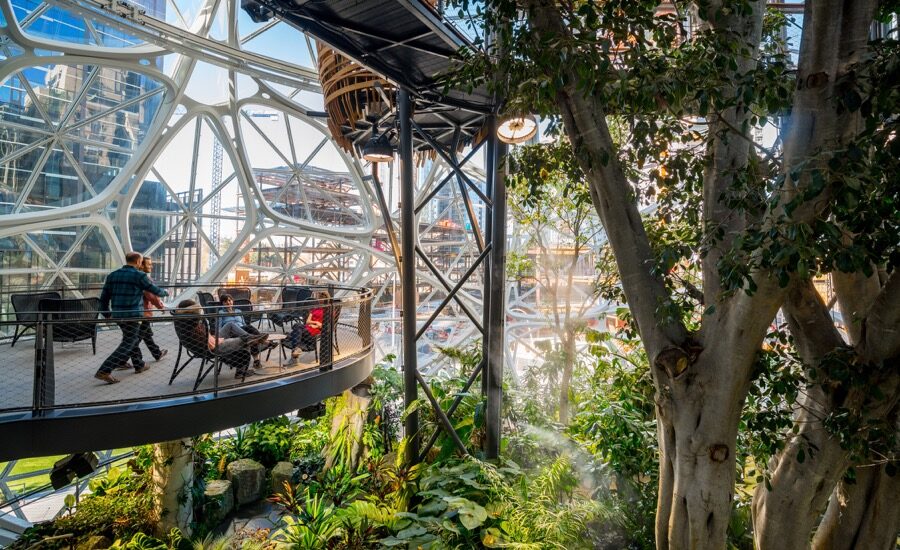
NBBJ designed the Spheres—a multi-story, glass-enclosed workplace with tens of thousands of living plants—in Seattle for Amazon's headquarters.
Photo © Stuart Isett

ESI Design and NBBJ collaborated on the revamp of 177 Huntington in Boston, part of the Christian Science Center designed by I.M. Pei.
Photo © Halkin Mason
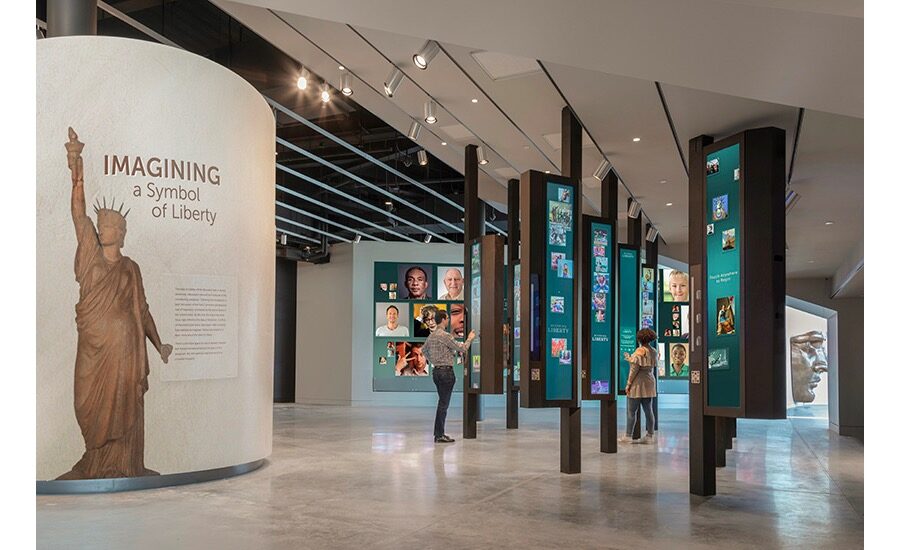
ESI created interactive exhibits for the Statue of Liberty Museum in New York, designed by FXCollaborative.
Photo © David Sundberg/Esto
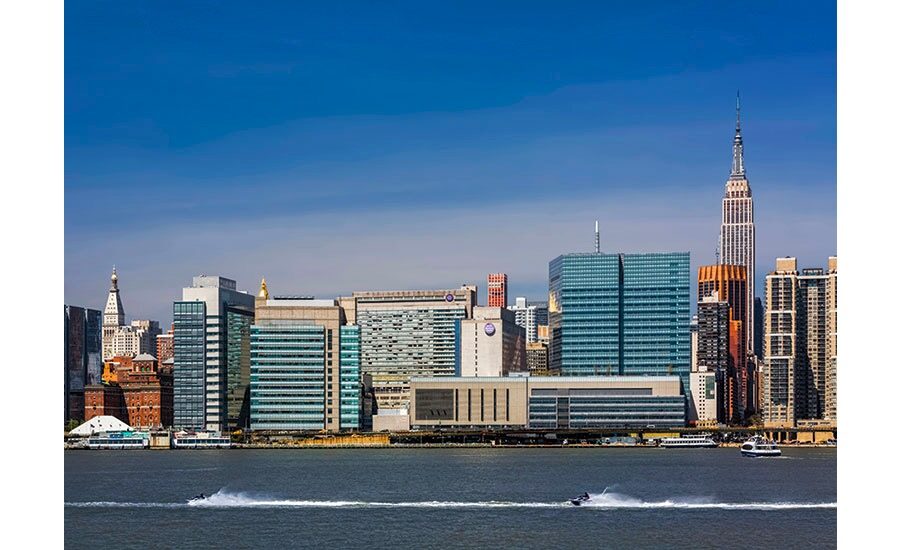
NBBJ collaborated with Ennead on the sprawling NYU Langone Health Campus in New York. While ESI has never worked on a hospital, “It will be really interesting for us to see how we can intervene in that kinds of project.,” says ESI principal Ed Schlossberg.
Photo © Jeff Goldberg/Esto





As the landscape of the profession changes at an increasingly rapid pace, a new partnership highlights the growing importance of multidisciplinary collaboration. Global architecture firm NBBJ has acquired New York–based experience-design firm ESI Design, making it NBBJ’s 18th studio worldwide.
The two firms will work together at “the origin point of ideation,” says Steve McConnell, managing partner at NBBJ, meaning ideas for interactive, engagement-focused components of a design will be considered from the start of a project. “We’re very used to collaborating with architecture firms,” says ESI principal Ed Schlossberg, “but to be able to collaborate with NBBJ in the conceptual phase of the work is a really exciting opportunity.”
NBBJ and ESI have worked together in the past. Projects like 177 Huntington Avenue in Boston, part of I.M. Pei’s Christian Science Plaza, laid the groundwork for the acquisition, says McConnell. “Working together we began to discover a shared sense of aspirations and motives towards how design can evolve into a more broad and integrated realm of services,” he tells RECORD. Together, the firms will “think more broadly about the spectrum of services that our range of designers, technologists, writers, creators, and thinkers can bring to the market, beyond the traditional realms of architecture.”
ESI integrates design and technology to enhance engagement with physical environment, like at the recently opened Statue of Liberty Museum. There, interactive exhibits allow visitors to digitally “flip through” the pages of the sculptor’s sketchbook, or add their portrait to an electronic collage wall that displays data visualizations of how participants understand the concept of liberty.
“We’ve found that storytelling and bringing people along in the narrative of a company has become a really important issue,” Schlossberg tells RECORD, explaining how his firm has created interactive experiences for commercial developments, offices, and lobbies, in addition to museums and other institutions. As a studio of NBBJ, ESI will have the opportunity bring its expertise to an even wider variety of building types. “We’ve never worked in a hospital,” says Schlossberg. “It will be really interesting for us to see how we can intervene in that kind of project.”
The acquisition does not mean ESI will work exclusively with NBBJ; operating as an independent studio, “We will work with other architectural firms and other companies to do projects,” explains Schlossberg, who will become an NBBJ partner. All ESI staff will be retained, and six of the studio’s design leaders will become NBBJ principals.

